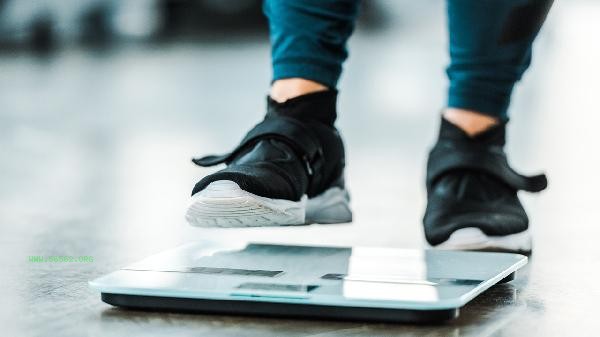Skipping lunch usually starts to lose balance 3-7 days later, depending on factors such as basal metabolic rate, initial weight, dietary structure, exercise intensity, and individual differences.
1. Basal metabolic rate: People with high basal metabolism consume energy faster and may experience weight loss around the third day. Individuals with higher muscle mass tend to lose balance faster than those with lower metabolic rate due to higher resting energy consumption. Metabolic data can be monitored through a body fat scale to adjust expectations.

2. Initial weight: Obese individuals with a BMI over 28 may lose 1-3 kilograms in the first 3 days, mainly due to water loss. The slightly overweight population takes more than 5 days to show changes. The larger the weight base, the faster the rate of weight loss in the early stages, but it will gradually slow down in the later stages.
3. Dietary structure:
Consuming sufficient protein and dietary fiber during lunch can prolong satiety, avoid hunger at night, and promote fat breakdown. If the lunch is mainly made of refined carbohydrates, blood sugar fluctuations may cause the fat burning stage to only enter 4-5 days later.
4. Exercise volume:
Participants who engage in 30 minutes of aerobic exercise daily will experience weight loss as early as the third day. Sedentary individuals need longer periods of time to activate their metabolism. High intensity interval training can accelerate the onset of ketogenic state and shorten the start period of weight loss.
5. Individual differences:
Hormonal changes before menstruation in women may be delayed and lost. Insulin resistant individuals need 7-10 days to break through the plateau period. Patients with metabolic diseases such as hypothyroidism are advised to adjust their plans in conjunction with medical monitoring.



Comments (0)
Leave a Comment
No comments yet
Be the first to share your thoughts!